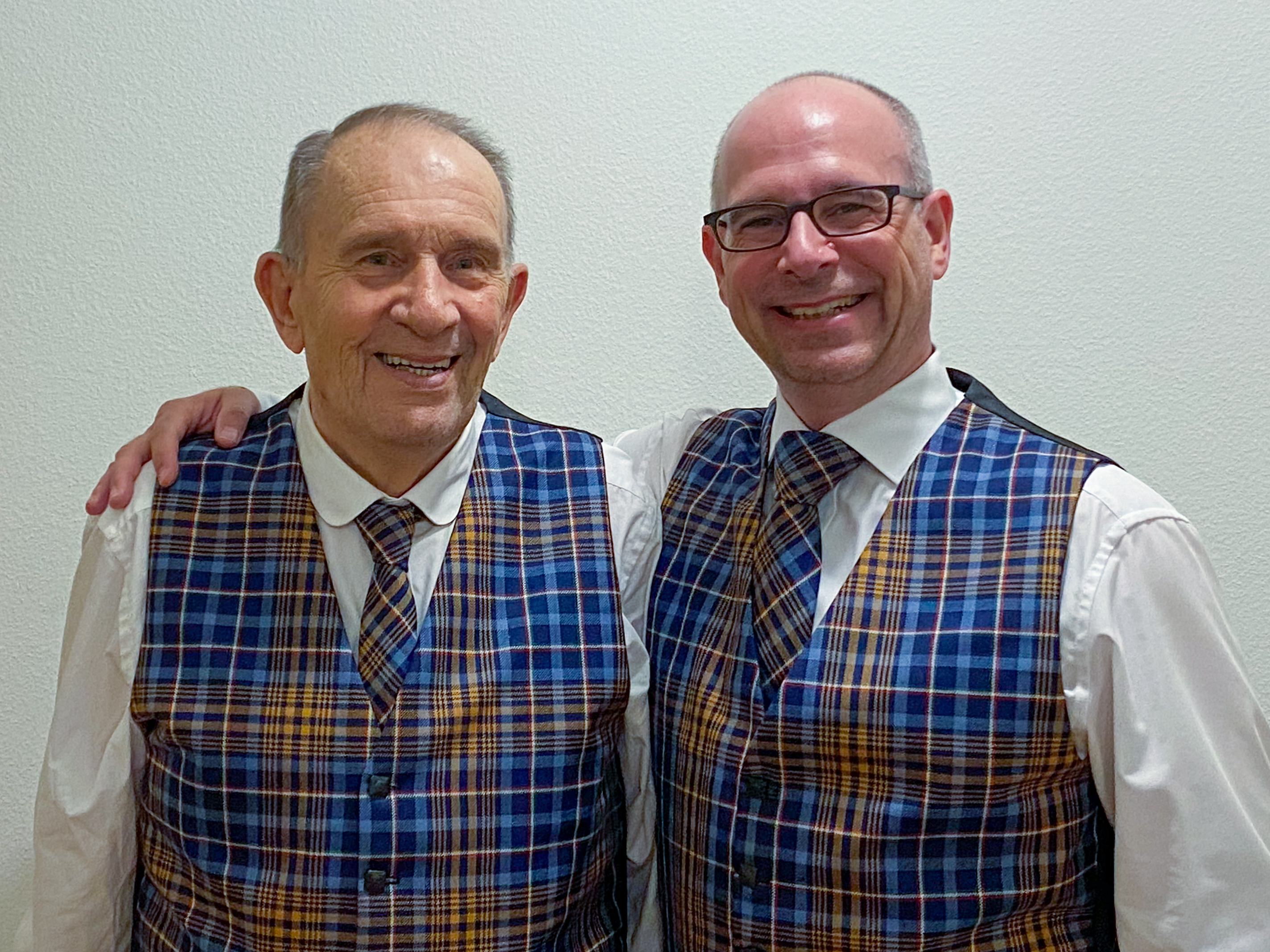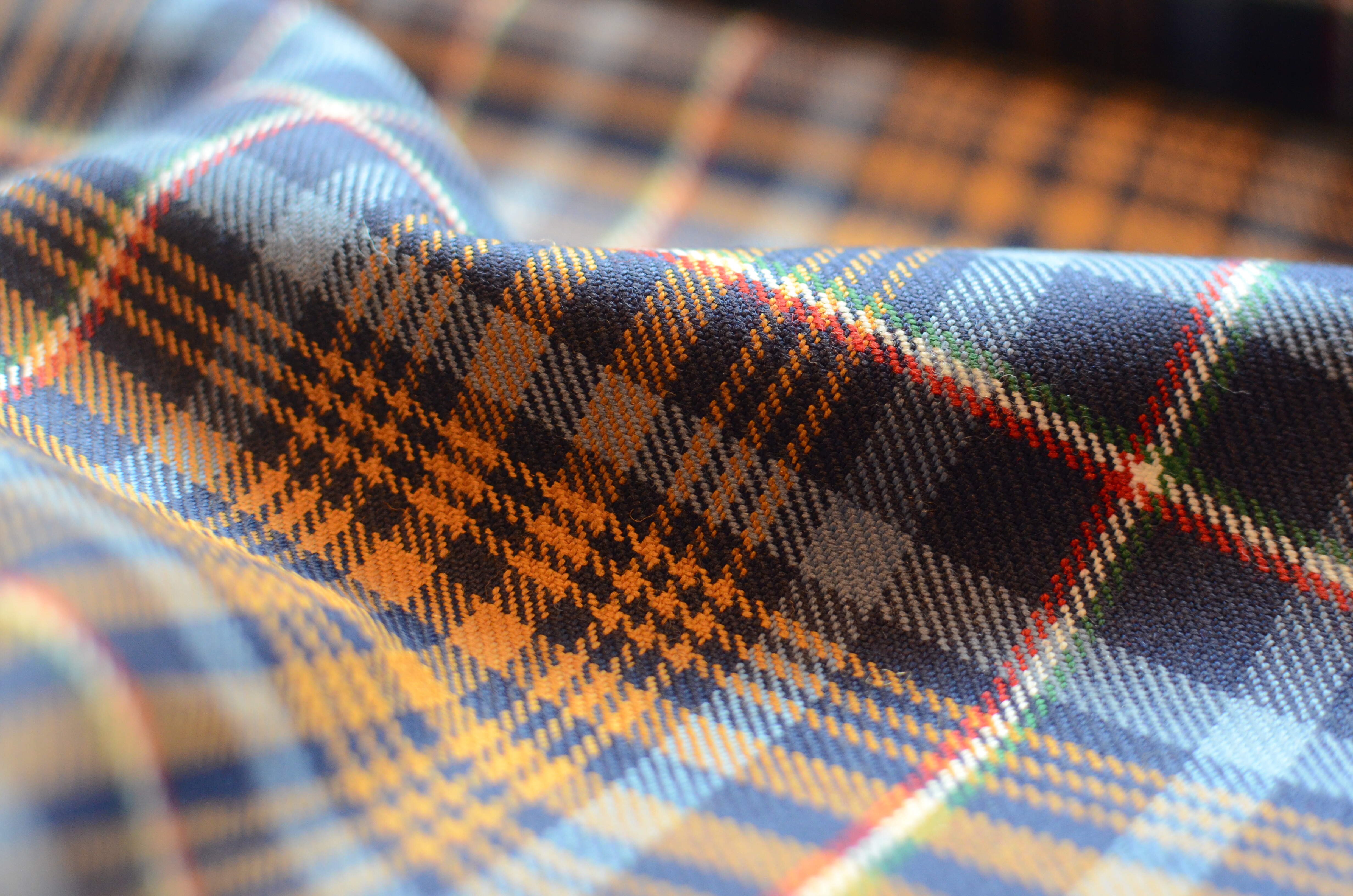The Golden Bones Tartan
In early 2012 I was preparing myself for a one week stay in Edinburgh, Scotland. As I like to indulge myself in the local culture of the places I visit, I started learning fascinating things about tartans, the square patterned cloth that is famously used in Scottish kilts.
by Mario de Baseggio, Zurich, Switzerland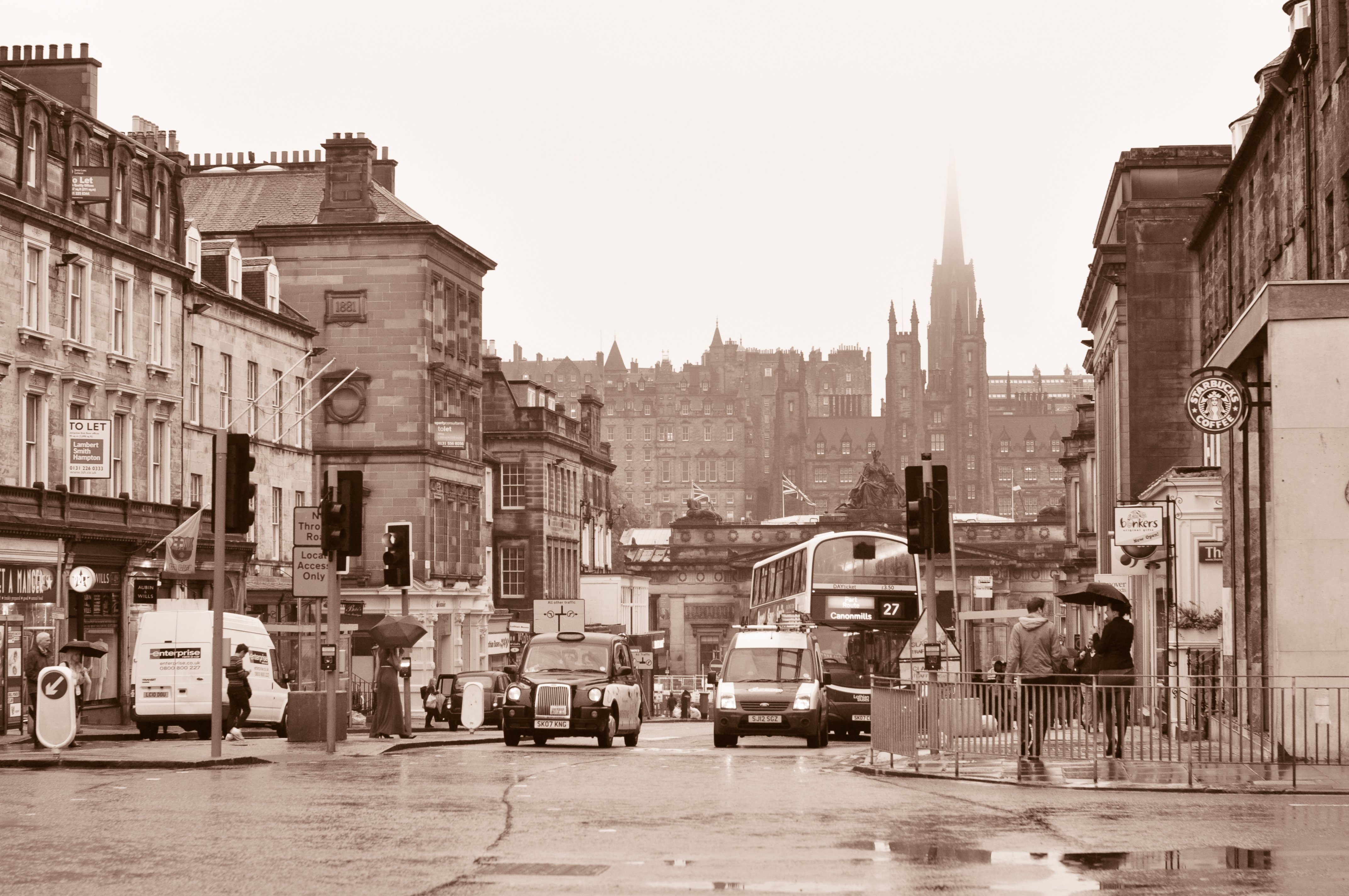
I was surprised to find out that there were websites, shops, whole businesses dedicated to the traditional fabrics. There are multiple websites offering free tools to design your own Tartan (eg. at House of Tartan). I started playing around with those online designers and very quickly one question came up: Would it be possible to translate my family's coat of arms into such a pattern?
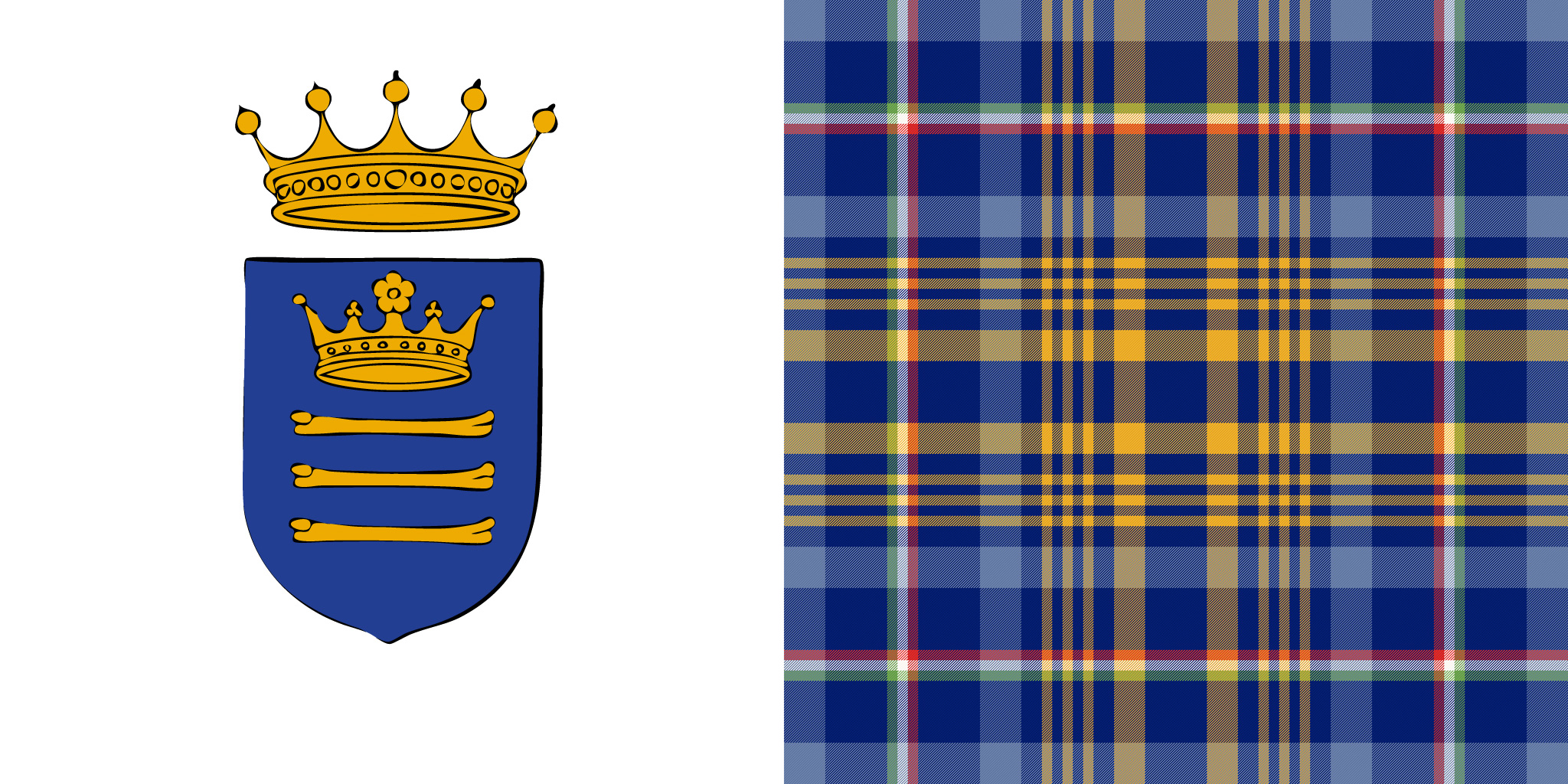
The main colours were obvious, blue and gold. The key design idea was to represent the bones and the crown through three thin stripes and one wide stripe. Experimenting with different ratios and colours lead to a pattern that included two different shades of blue and even a green, white and red sequence, the Italian Tricolore.
Once I was happy with the way the pattern looked, I started asking myself, what one was supposed to do with such a design. As it turned out, there is an official authority in place, which allows you to register a Tartan: The Scottish Register of Tartans.
After some time of deliberation I decided to submit an application to register the pattern, just to find out, how those precesses would work. I was also curious to see, whether the design would match all criteria required to become a "real" Tartan. So on May 24, 2012 I sent the "threadcount" (a formalised way to describe the sequence of the colours and the widths of the stripes) to the Register of Tartans in Edinburgh in order to have it assessed by the experts. Several rules apply, for instance, the pattern has to be "unique and sufficiently different" from any already existing Tartan.
5 days later I have received the confirmation of the Keeper of the Scottish Register of Tartans, that the pattern was accepted and had been added to the Register on May 29, 2012 under the name of "de Baseggio (Golden Bones)". The details are kept in a database and are made publicly available under the following address: https://www.tartanregister.gov.uk/tartanDetails?ref=10628
The immediate question was: Now that I own an actual Tartan, what am I doing with it? The obvious answer, a mug.
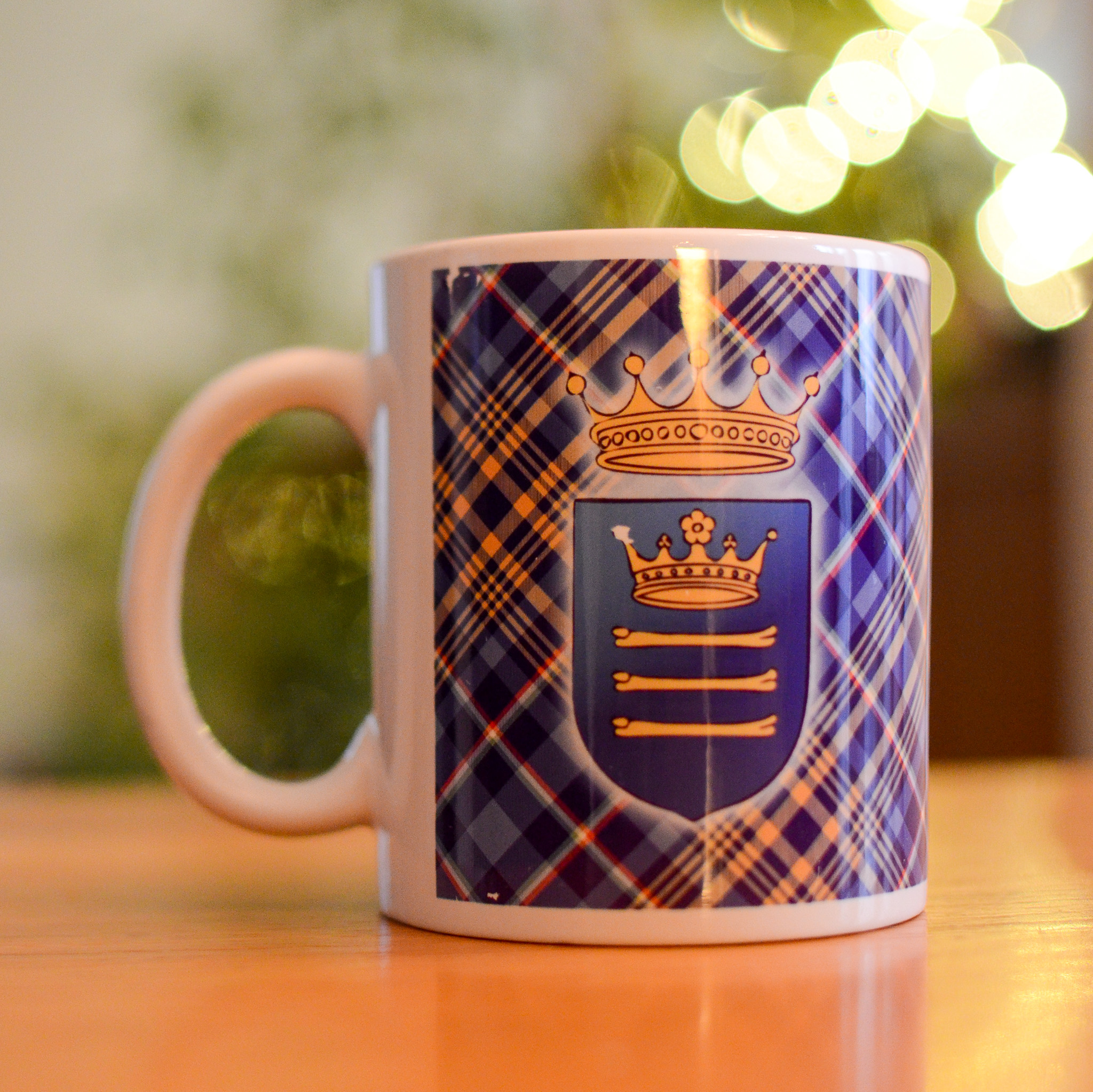
But that could not be all. In fact, soon after the pattern had been registered, I was repeatedly reminded to "send a sample of the woven fabric to the Keeper of the Scottish Register of Tartans for permanent preservation in the National Records of Scotland." The Register strongly encouraged me to have the fabric woven as soon as possible. Specifically also, because "during the passage of the bill for the Scottish Register of Tartans, MSPs expressed a strong belief in tartan as a woven fabric and not just a design." As MSP stands for "Members of the Scottish Parliament", this put some additional pressure on me.
In all fairness, it is the right thing to ask, if you think about it. The pattern should not just be used for funny mugs and borders of holiday season greeting cards. There's more to this. That's why I started looking for a place to have the Tartan woven. Quickly it became clear that this would be a costly endeavour.
It's not so much about material cost, even though the wool used to weave traditional fabrics has to be high quality. It's particularities in the manufacturing process that come with the square pattern, which will raise the price. As an example, the "warping" of the loom - stringing the vertical threads over the loom, one by one - is very time consuming, as the weaver has to follow the correct colour sequence.
To cut a long story short, it took me more than 7 years to finally make up my mind and order the fabric. I found a great partner with the House of Tartan, located in Crieff, Scotland. They helped me with the final colour choice and the weight of the wool, too. So, on November 12, 2019 I asked the House of Tartan to carry out the production of 30 metres of the Golden Bones Tartan.
And that's what they did. (All photography and video courtesy of House of Tartans.)
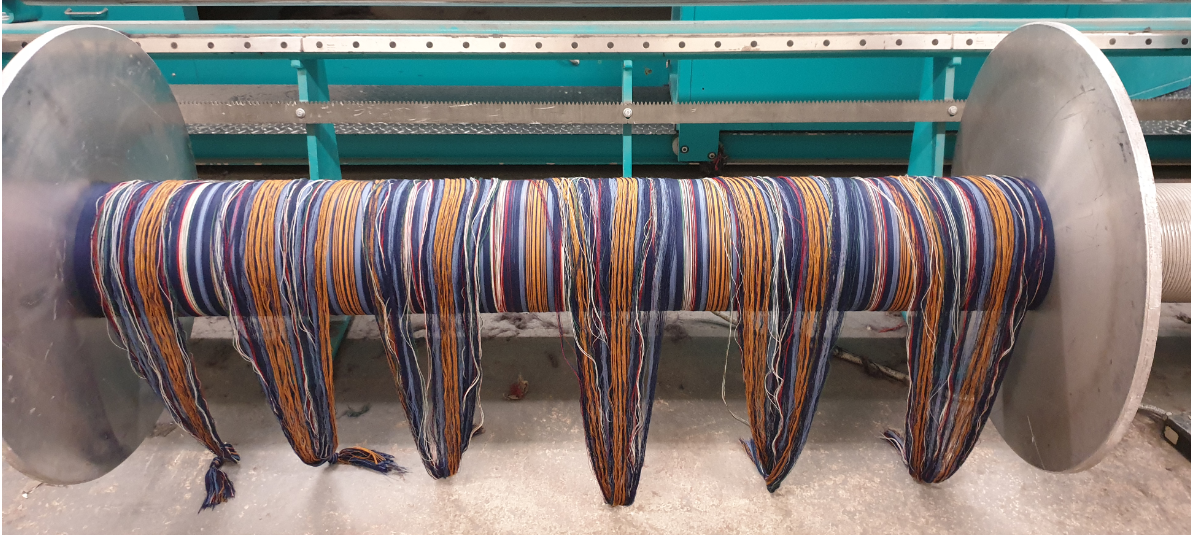
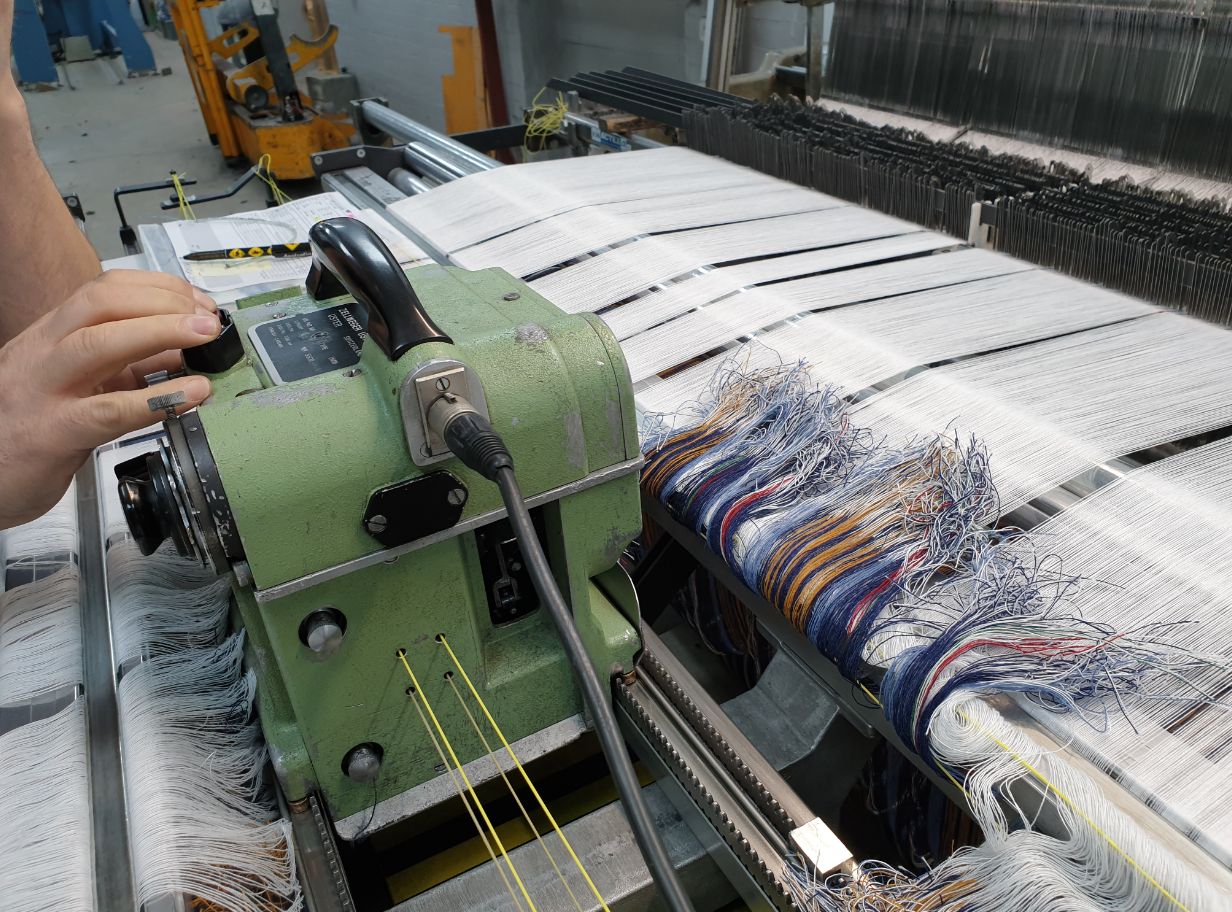
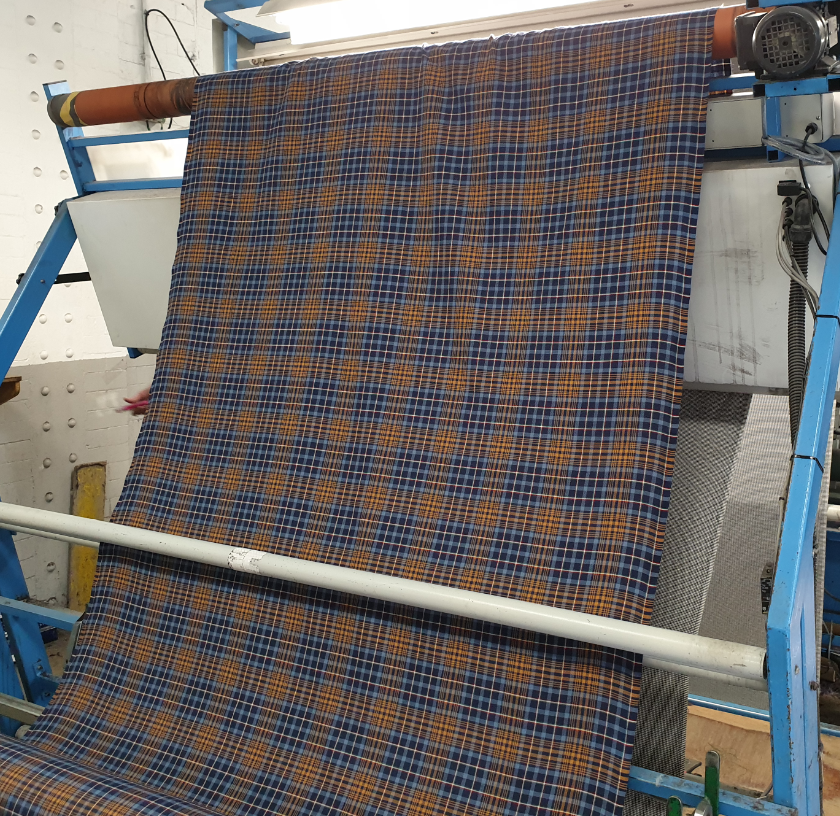
After the House of Tartan had sent me the pictures taken during production, I registered an interesting detail: The knotting machine (labelled Uster Matica) and the loom (labelled Sulzer Rüti) were both made in Switzerland.
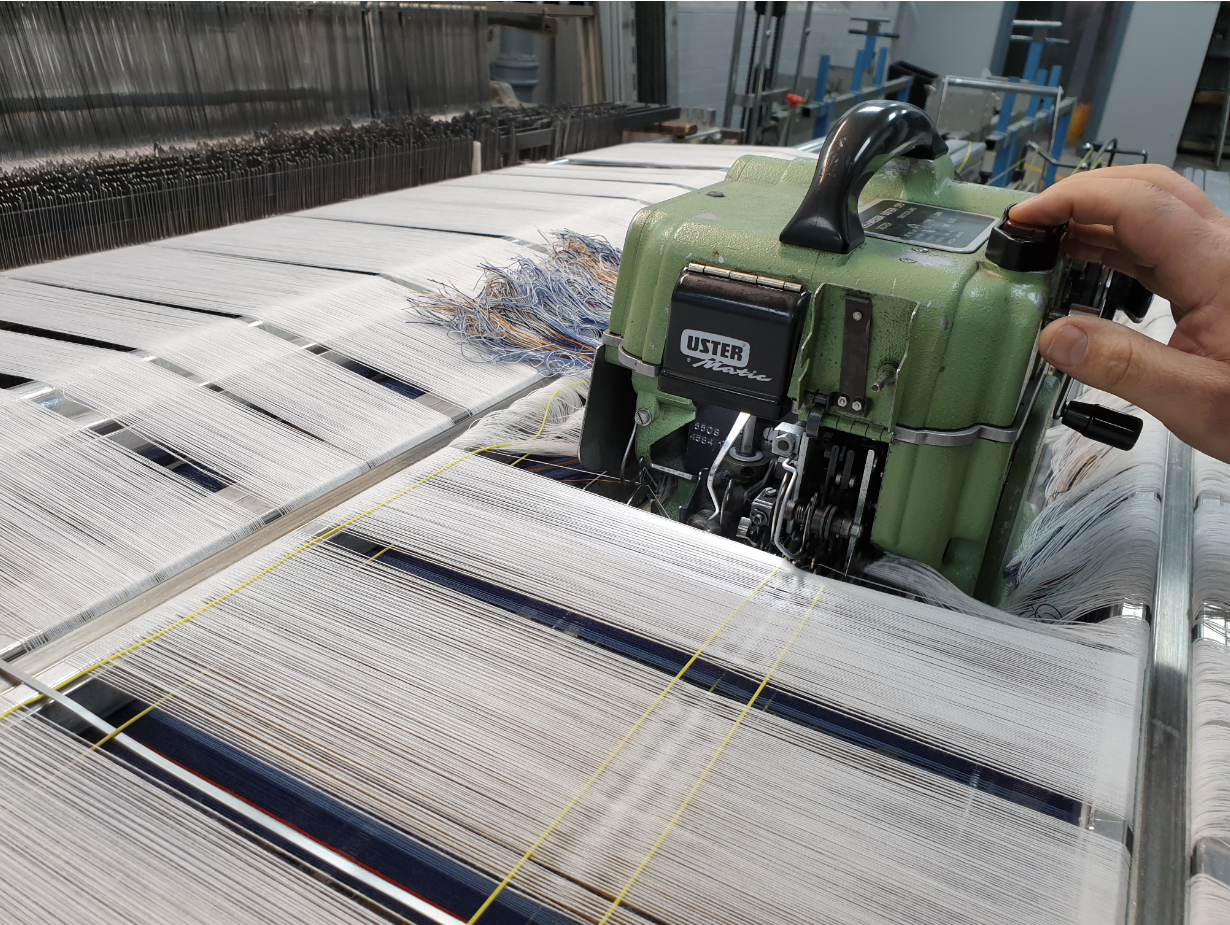
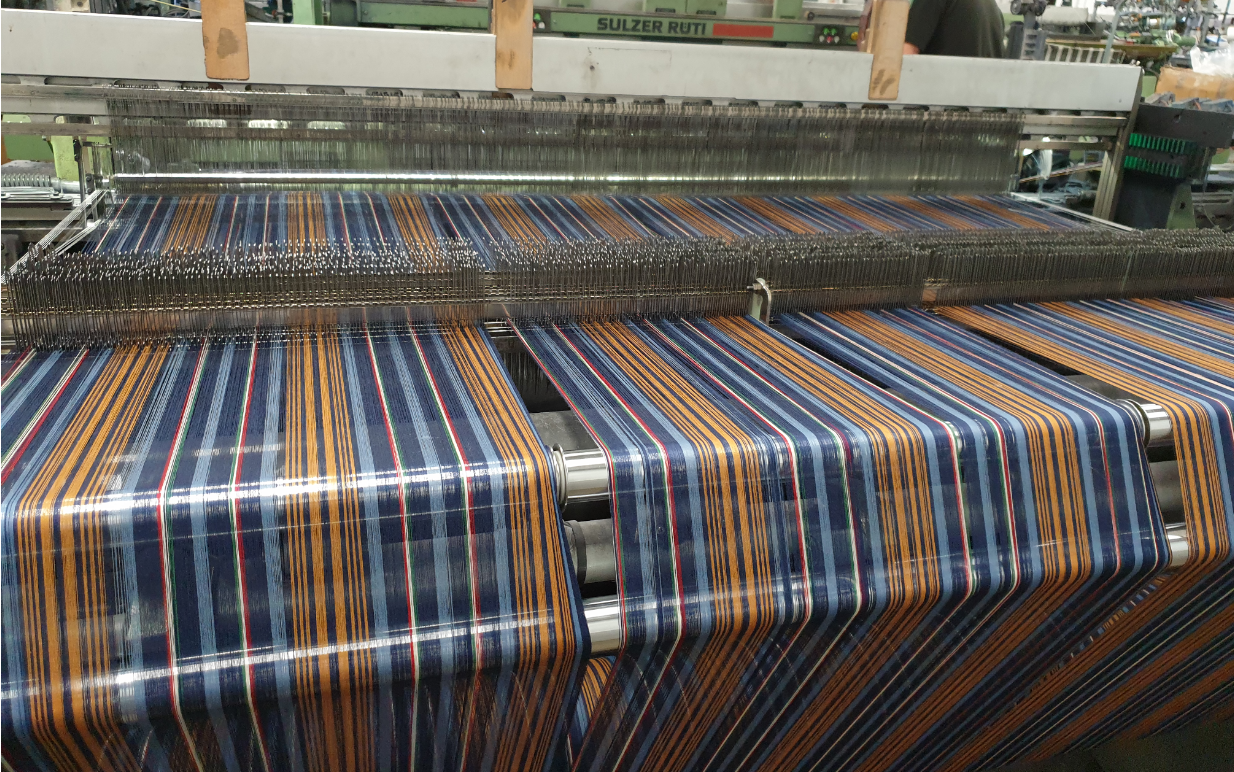
Not only were the machines made in Switzerland, the places are actually very close to where I live, Uster is around 11km away, Rüti around 25km.
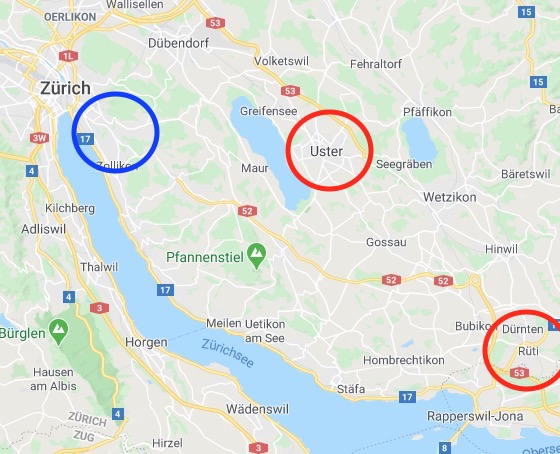
Isn’t it a nice aspect of the story that after looking for ways to weave the tartan for more than 7 years it is finally woven with the help of machines that were produced just around the corner?
Immediately after having received the fabric I sent a sample to the Scottish Register of Tartans, very happy to finally be able to provide them with a 30 by 30cm of genuine Golden Bones Tartan.
On March 9 the Register confirmed the reception of the fabric and stated, that it "will be stored by our professional conservation staff within climate controlled conditions in secure record store-rooms using specially sourced textile storage quality materials to ensure long term preservation of this important collection. The sample will be available for inspection in the Historical Search Room." So Edinburgh seems to have one more tourist attraction now.
This is, how this story has come to an end. The Golden Bones Tartan can be can be worn by anyone who likes the design. So, my dad Guido and I are doing exactly that.
